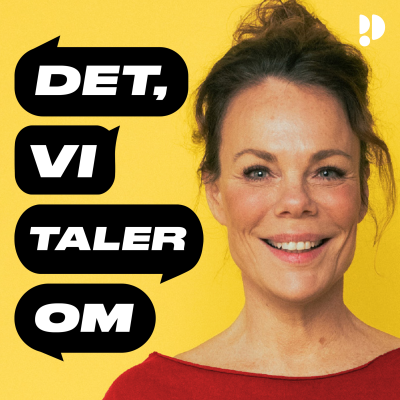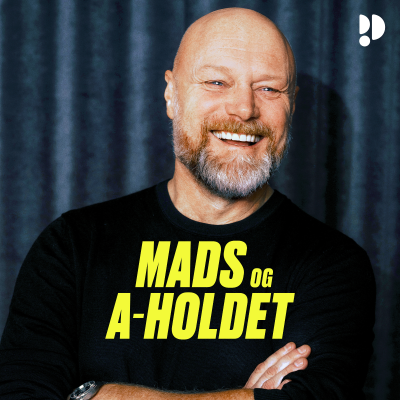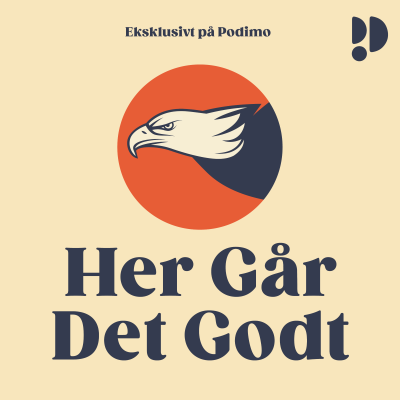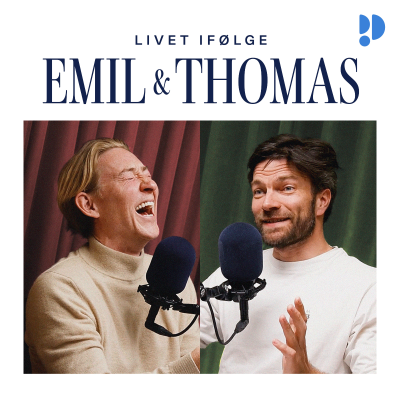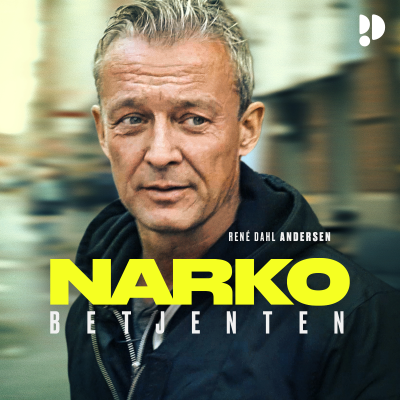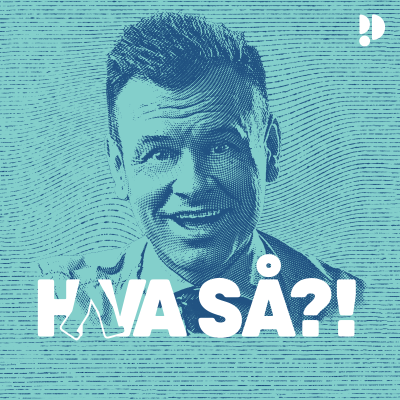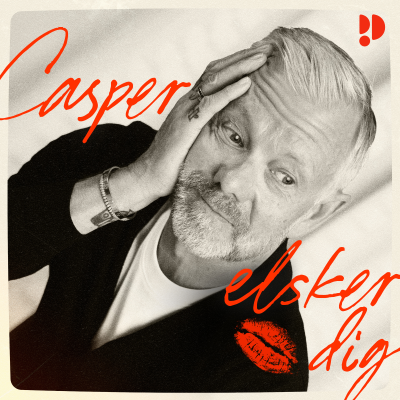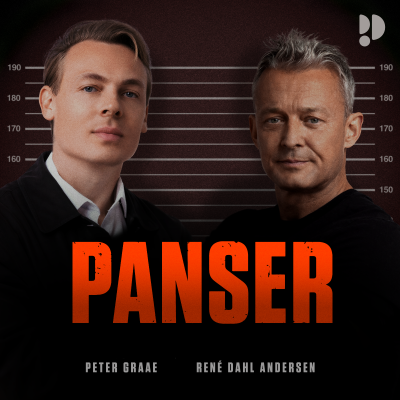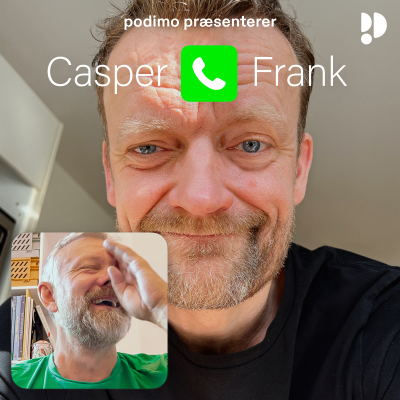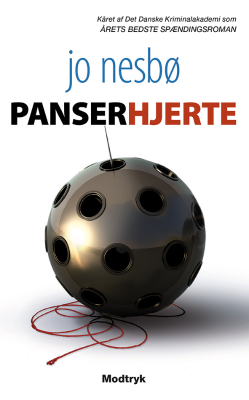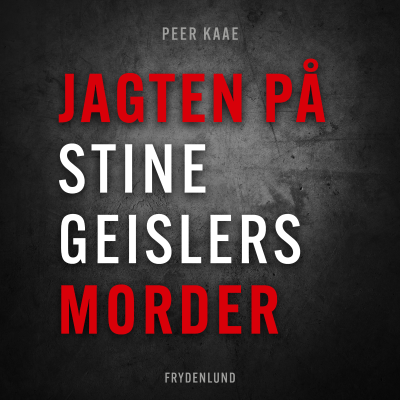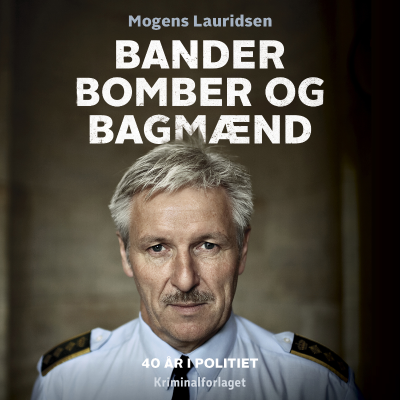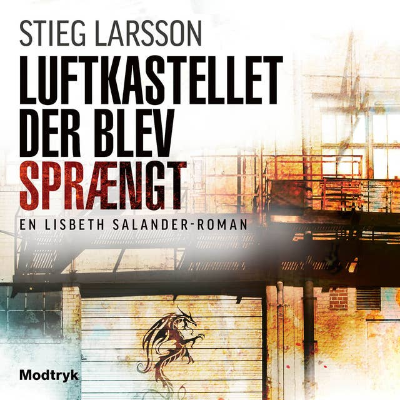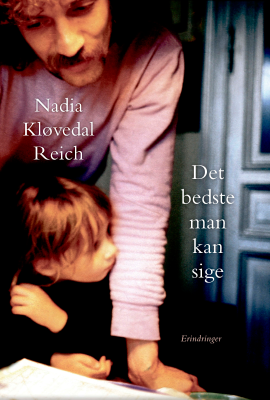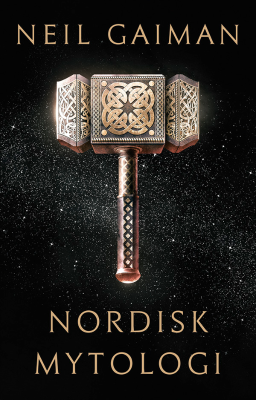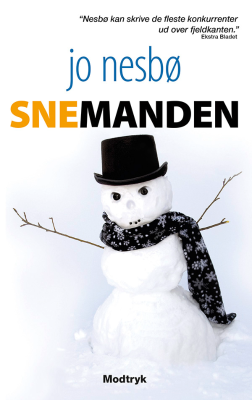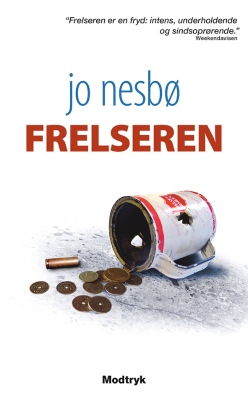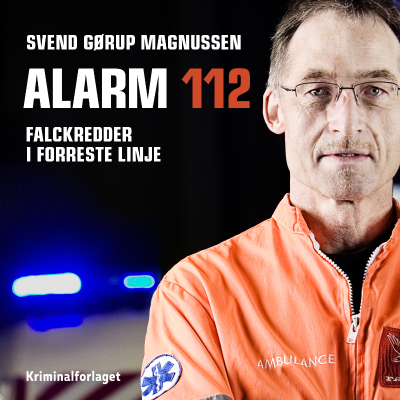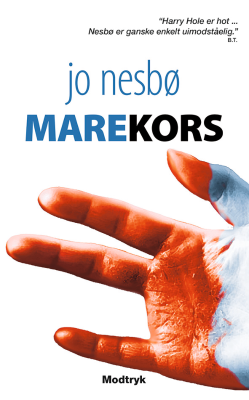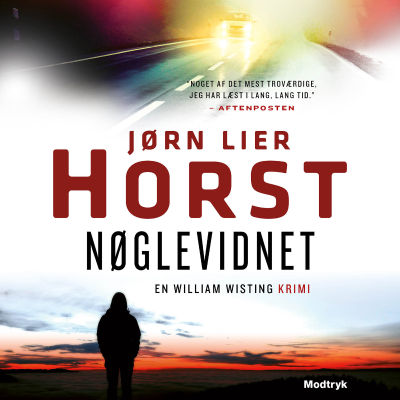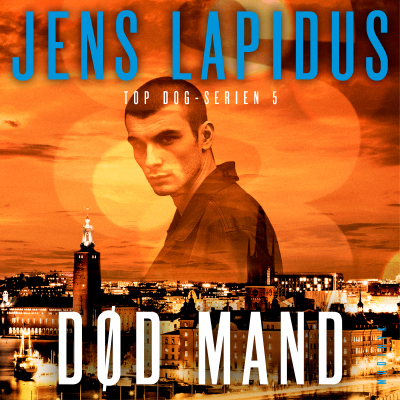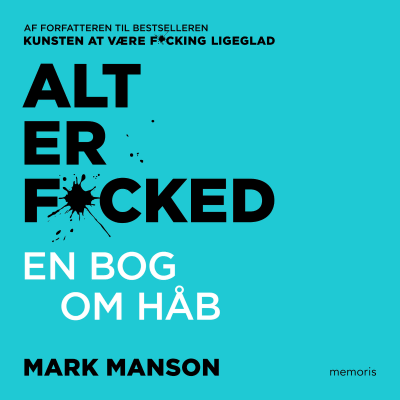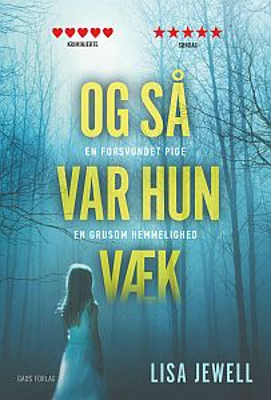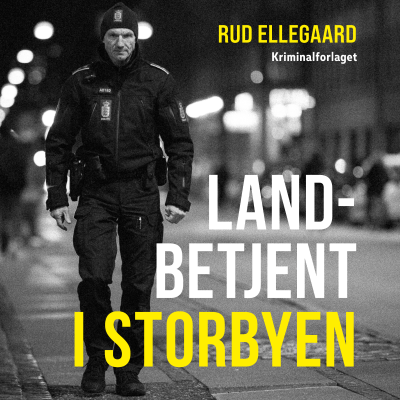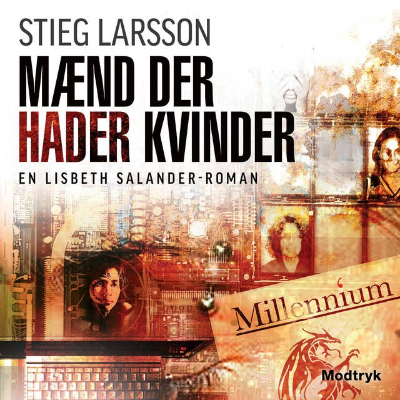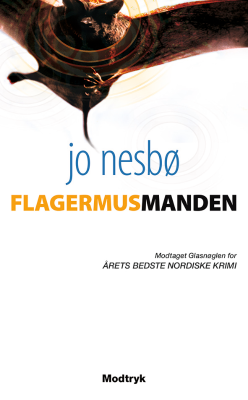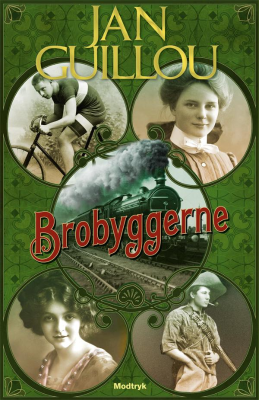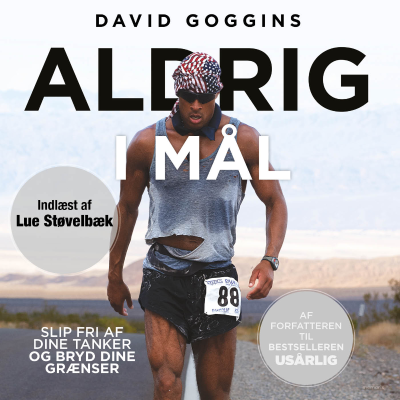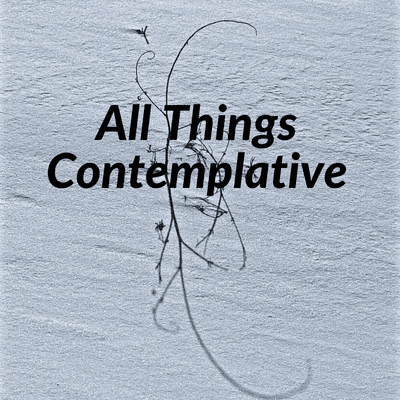
All Things Contemplative
Podcast by Ron Barnett
There is a contemplative dimension of life (CDL) to which we can awaken via nature, science, art, religion or otherwise. A religious person might say such awakening is a grace and of god’s will. Other’s that it is simply a human potentiality, common to all. This podcast explores how people and traditions understand the CDL and related practices; and how such practices can enrich life experience. HOST: Ron Barnett received a doctorate in psychology and worked for many years in medical research with the U.S. National Institutes of Health. He is a lifelong student and teacher of contemplative practices and the flourishing of human well-being. Ron served as a Board Trustee of Contemplative Outreach, Ltd. and Coordinator of its Chapter for metropolitan Washington DC. He now teaches with The Miksang Institute for Contemplative Photography. CONTACT: rbarnett@hey.com. BLOG: https://allthingscontemplative.com
Limited Offer
3 months for 9,00 kr.
Then 99,00 kr. / monthCancel anytime.
All episodes
11 episodes"I wish to photograph the world as it is, not as I think it is." - Ron Barnett Ronis the Host of the All Things Contemplative podcast and teaches at The Miksang Institute for Contemplative Photography. In this episode he discusses early influences on his appreciation of the visual world, his emerging interest in contemplation as related to visual perceptions and photography; as well as the distinction between thinking mind and awake mind and our inherent ability to perceive increased visual beauty, elegance and uniqueness. Ron’s Contemplative Photographs [https://www.flickr.com/photos/ronaldbarnettmiksang/] The Miksang Institute for Contemplative Photography [https://www.miksang.com/] All Things Contemplative Blog [https://allthingscontemplative.com/]
Thomas Yeomans, Ph.D. is the founder and director of the Concord Institute. His background includes education at Harvard, Oxford, and the University of California and professional work in the fields of literature, education, and psychology. Tom has been involved with Psychosynthesis and Spiritual Psychology for over forty years. He studied with Roberto Assagioli, M.D. in the early 1970's, and has trained professionals in Psychosynthesis and Spiritual Psychology since then, both in individual and group work, throughout North America and in Europe and Russia. Tom has published writing on Psychosynthesis and Spiritual Psychology as well as three volumes of poetry and a childrens' book. He is founder/director of The Concord Institute and co-founder of the International School in St. Petersburg, Russia. He is also a painter and musician. Tom maintains a private practice in psycho-spiritual consulting and mentoring in Shelburne Falls, MA. His latest book is Holy Fire: The Process of Soul Awakening. Tom Discusses - What is contemplative? - What is psychosynthesis (PS) as a framework for human development? Freud, Jung and Assagioli – the full spectrum of human consciousness and experience - House as metaphor of human consciousness and Assagioli’s addition of a “terrace” - The inherent, natural evolutionary tendency of human development toward integration, synthesis and spiritual maturity - Abraham Maslow and self-actualization - Tom searching in his 20s, PhD program and discovery of Assagioli’s “egg diagram” as personal epiphany - The centrality of the present moment as a touchstone in PS underlying aliveness and vitality - Doctrine and dogma – “you can’t dogmatize the present moment” - Tom’s lastest book, Holy Fire: The Process of Soul Awakening - the purpose of using “holy” and “soul” as terms - The book is primarily written for “serious seekers” not necessarily for professionals - In PS the emergence of needs arising from existential reality is key and techniques and methods are selected appropriate to serving those needs specific to each individual - The story of Craig the dumpmeister - Four types of awakening and their "wildness" - Importance of cultivating an appreciation of the unknown - Pythagoras, his lyre and awakening to the cosmos - Paradox of opening to the Big Picture and self as unique - No split between macro and micro as with Aristotle – the non-dual - The lived experience of poetry and painting as spiritual practices - Tom closes by reading his poem “Now” References Mentioned The Concord Institute [http://www.concordinstitute.org/] Holy Fire: The Process of Soul Awakening [https://www.amazon.com/Holy-Fire-Process-Soul-Awakening/dp/1732784353/ref=sr_1_2?dchild=1&keywords=Holy+Fire&qid=1613939410&s=books&sr=1-2]
Regina Roman has been leading pilgrimages and designing travel/study programs since she was 18. She is a spiritual director at the St. Paul’s Episcopal Church, author of published articles on pilgrimage and spirituality, and is an icon writer. She also studies with various shamans and native American medicine women on the ancient healing traditions. Her gift is in creating the space and the study program for a meaningful experience within the journey. Her wish for us is to sense the experience, feel the wonder and awe, and ponder upon all the threads that bind us through time, place and people. (from the Sapira website – see below) Update: In our discussion of the Aramaic meaning of Sapira, I should have said if you pray in secret "your being will blossom and flourish" (Matthew 6:6). - Ron Barnett Regina Discusses - What makes something contemplative? - Socrates on truth as a wandering that is divine - Two aspects of the contemplative stance: receiving, expression - What is pilgrimage? Why go one one? What makes one meaningful? - Two elements: outer desire to see or experience something; inner wish for transformation - The story of Gary’s experience of silence, stillness, and absence of boundaries - Importance of preparation and clarity of purpose - Holy curiosity and inquiry – the mind and heart as sources - An Executive Coach encounters the King’s inner chamber at the Pyramids - Sapira – Journey with a Purpose pilgrimages to Egypt - The Aramaic Sapira means first glimmer of light/continued illumination - Amanda Gorman inaugural poet “There is always light….if only we’re brave enough to be it” - Group silence – "What tugs at your heart?" - Religious affiliations of Sapira pilgrims - Pilgrimage - any journey with the purpose of finding something that matters deeply - Stories of intimacy: Regina’s birth and the nuns, Ron and the psychiatrist - The I Ching: “there are forces bringing people together who need to be together” - Grace and gratitude - Sting and relief; Kabir – “the breath inside the breath” References Mentioned Sapira - Journey with Purpose website [https://www.journeywithpurpose.com/] The Art of Pilgrimage: The Seeker’s Guide to Making Travel Sacred, Phil Cousineau [https://www.amazon.com/dp/B07YHSBNDC/ref=dp-kindle-redirect?_encoding=UTF8&btkr=1] Matsuo Basho, Japanese poet [https://en.wikipedia.org/wiki/Matsuo_Bashō] The I Ching or Book of Changes [https://www.amazon.com/dp/B004S6QSYO/ref=dp-kindle-redirect?_encoding=UTF8&btkr=1] Kabir Das, mystical poet [https://en.wikipedia.org/wiki/Kabir ]
Show Notes Joan Tollifsonwrites and talks about being awake to the aliveness and inconceivability of Here-Now—being just this moment, exactly as it is. Rather than relying on outside authorities, traditional ideas, acquired knowledge or beliefs, this is about direct, immediate seeing and being. Joan has spent time with many teachers, exploring Buddhism, Advaita and radical nonduality, but she does not identify with or represent any particular tradition. She is the author of Bare-Bones Meditation: Waking Up from the Story of My Life (1996), Awake in the Heartland: The Ecstasy of What Is (2003), Painting the Sidewalk with Water: Talks and Dialogs about Nonduality (2010), Nothing to Grasp(2012), and Death: The End of Self-Improvement (2019). (Adapted from Joan’s website.) Joan Discusses - When is it contemplative - Is there spirituality and does it develop - The pathless path leading to the gateless gate - Maps and conceptual constructions – help, hinderance or both - Religious doctrine, dogma and beliefs vs. teachings - How science and religion approach beliefs and direct experience - The value of not knowing and groundlessness - Suffering vs. pain: stories and identification with thinking as sources of suffering - There’s no there there: self as fiction arising from thoughts and the paradox - Here-Now defined and impermanence and presence as aspects - Thinking as “mental chewing gum” - "Dissolution" of my inner/outer boundary - Freedom – what’s thought and thinking got to do with it - What’s problematic – having thoughts or believing in them - Non-Duality, unicity, making something an other (dualism) - Yin/Yang symbol and being at peace with everything - more paradox - Aging: natural loss and more wisdom, love, joy, peace, and beauty found in simple being References Mentioned Joan’s Website and Books - The Simplicity of What Is [https://www.joantollifson.com/home.html] Joan’s Facebook [https://www.facebook.com/joan.tollifson.54] The Cloud of Unknowing [https://www.amazon.com/Cloud-Unknowing-Book-Privy-Counseling/dp/0385030975] Be Here Now, Ram Dass [https://www.amazon.com/Remember-now-here/dp/B000728SR8/ref=pd_lpo_14_img_1/138-7494032-4878153?_encoding=UTF8&pd_rd_i=B000728SR8&pd_rd_r=dafd7c5d-6607-4f1f-93ed-22e4991947e2&pd_rd_w=Ct4eG&pd_rd_wg=bfd62&pf_rd_p=7b36d496-f366-4631-94d3-61b87b52511b&pf_rd_r=SN606M3Q6XJMGQ8QBMMS&psc=1&refRID=SN606M3Q6XJMGQ8QBMMS] The All Things Contemplative Blog [https://allthingscontemplative.com]
Show Notes In 1982 Pat Johnson and family moved to the Lama Foundation in New Mexico and there two months later she met Fr. Thomas Keating. She served then as the Lama liaison for two 16-day centering prayer (CP) retreats that he led at Lama in 1983 and again in 1984. These were the first intensive contemplative practice retreats in the Christian tradition using CP and inspired by Zen shessins he'd experienced. In 1984 she served an experimental 9-week retreat Fr. Keating led at St. Benedict’s Monastery in Snowmass, CO where he was a monk. This began the Snowmass CP retreats at the monastery. From 1984 until 2018, Pat served and oversaw these retreats. She has also served as a Board member of Contemplative Outreach Ltd. and was its overall interim administrator for several years. Pat Discusses - Contemplation as stillness – “the still point” - Impetus for starting retreats – Lama Foundation history - Two guiding principles: need determines function, we are not separate - Importance of deep listening - First 10 years at St. Benedict’s Snowmass – the “earthy” years, farmhouse living - Construction of a modern retreat center with hermitages - Ongoing monthly 10-day silent intensive retreats (with and without teaching) - Role of silence on retreat - Minimizing ideation on retreat - the story of Bob her husband - The value of doing nothing - Expression of authentic fruits – “amazing magic happens” - Developing intimacy with others and lifetime bonds - Who was Thomas Keating? Pat’s recollections and personal testimony - Generosity, vulnerability, self-protection, and The Good - Message for difficult times “we are not separate” References Mentioned Contemplative Outreach of Colorado [https://www.centeringprayer.net] Open Mind, Open Heart, Thomas Keating, the practice of centering prayer [https://www.amazon.com/Open-Mind-Heart-20th-Anniversary/dp/0826418899] Contemplative Outreach Ltd. [https://www.contemplativeoutreach.org] St. Benedict’s Monastery Retreat House [http://snowmassmonks.com/retreat-house.html] St. Benedict’s Snowmass Slideshow [https://ronaldbarnett.smugmug.com/Snowmass/n-7RRTVK/i-QCL8m7v] Lama Foundation [https://www.lamafoundation.org] All Things Contemplative Blog [https://allthingscontemplative.com]
Limited Offer
3 months for 9,00 kr.
Then 99,00 kr. / monthCancel anytime.
Exclusive podcasts
Ad free
Non-Podimo podcasts
Audiobooks
20 hours / month
